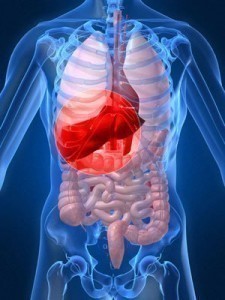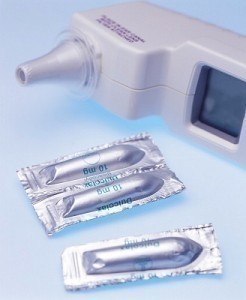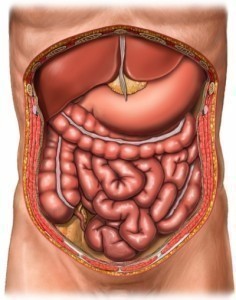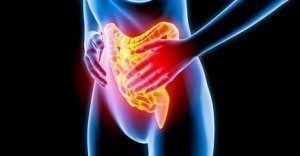Spleen Pain
The spleen plays a highly important role in the human body, especially when it comes to protecting the immune system. When injured, it causes sharp pain, tingling sensation and a dull feeling at the lower, upper, left and right parts of the abdomen. For this reason, it is best to protect the body from this chronic condition by learning its causes, symptoms, diagnosis and treatment.
Symptoms of Spleen Pain
When suffering from hypersplenism, patients usually exhibit signs such as heart palpitations, weakness and fever. Aside from the stabbing and chronic pain, they can also experience ulcerations that mainly affect the feet, legs and mouth areas. Additionally, patients of this medical condition are highly susceptible to bacterial diseases. Another scary symptom of this severe condition is bleeding of the mucous membranes, particularly in the nose.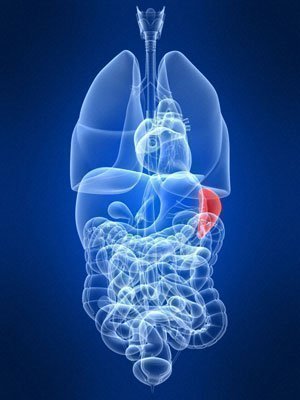
Meanwhile, those who may be suffering from a ruptured spleen will definitely show different signs. These include tenderness as well as a shooting pain in the abdominal area. In case of internal bleeding, the blood pressure of patients is expected to drop significantly. Fainting, blurred vision and light-headedness are amongst the other obvious symptoms of this chronic condition.
Causes of Spleen Pain
Pain in the spleen can be caused by many different factors. One major cause is an enlarged spleen, which may indicate other types of infections ranging from blood cancers to liver diseases. Common triggers of a ruptured spleen include car accidents, fistfights and sporting mishaps. Tuberculosis, rheumatoid arthritis and chronic malaria are causes of hypersplenism, which is a very painful condition. An enlarged spleen can also cause pain, which may result from other medical conditions like Hodgkin’s disease, leukemia and liver cirrhosis.
Spleen Pain Diagnosis
In case of a ruptured spleen, a physical examination is necessary, especially for determining whether the patient needs surgery. In other situations, a CT scan can also help. If not, it is also possible to use other types of imaging tests like laparoscopy, which are very helpful in ruling out the other probable causes of spleen pain. Magnetic resonance imaging and x-rays are helpful in diagnosing an enlarged spleen.
Spleen Pain Relief
In case of an enlarged spleen marked by swollen ankles and liver cirrhosis, patients need to take quercus. Likewise, it is good to take capsicum in case the spleen becomes enlarged, swollen and highly sensitive. When the pain is caused by splenitis, it is good to give patients cinchona. This also works if the symptoms include spleen enlargement, inflammation and congestion. Splenectomy and radiation therapy can also help solve the pain and other problems that are associated with this medical condition.
Additional Information on Spleen Pain
For more information on spleen pain, you can also read:


